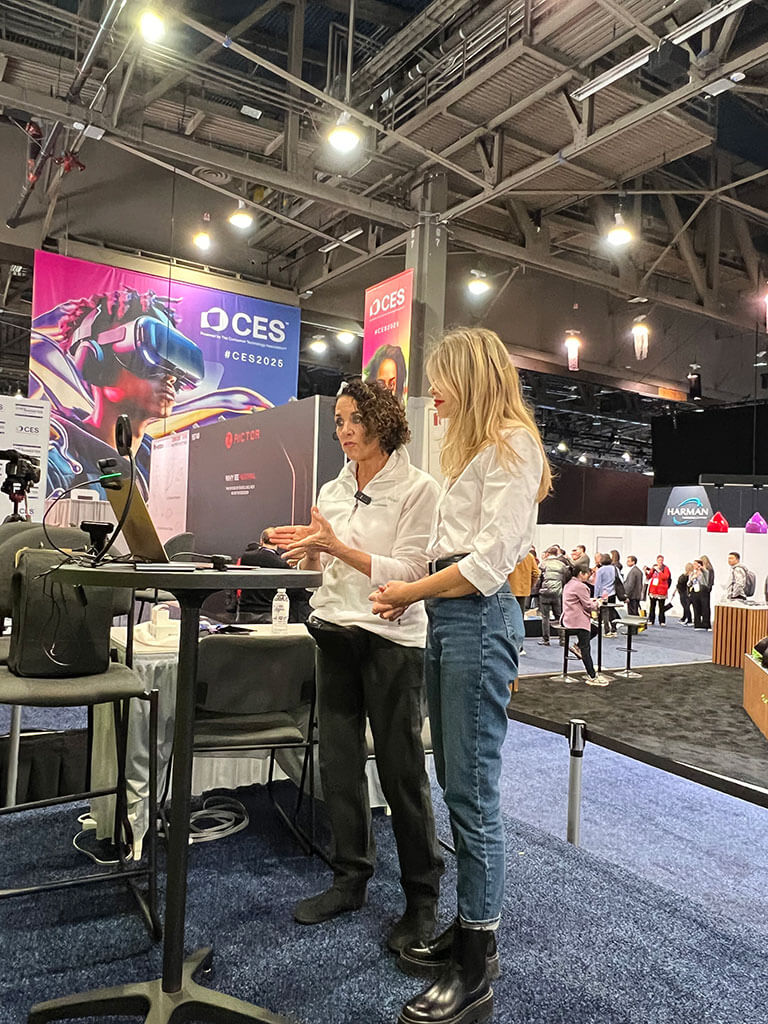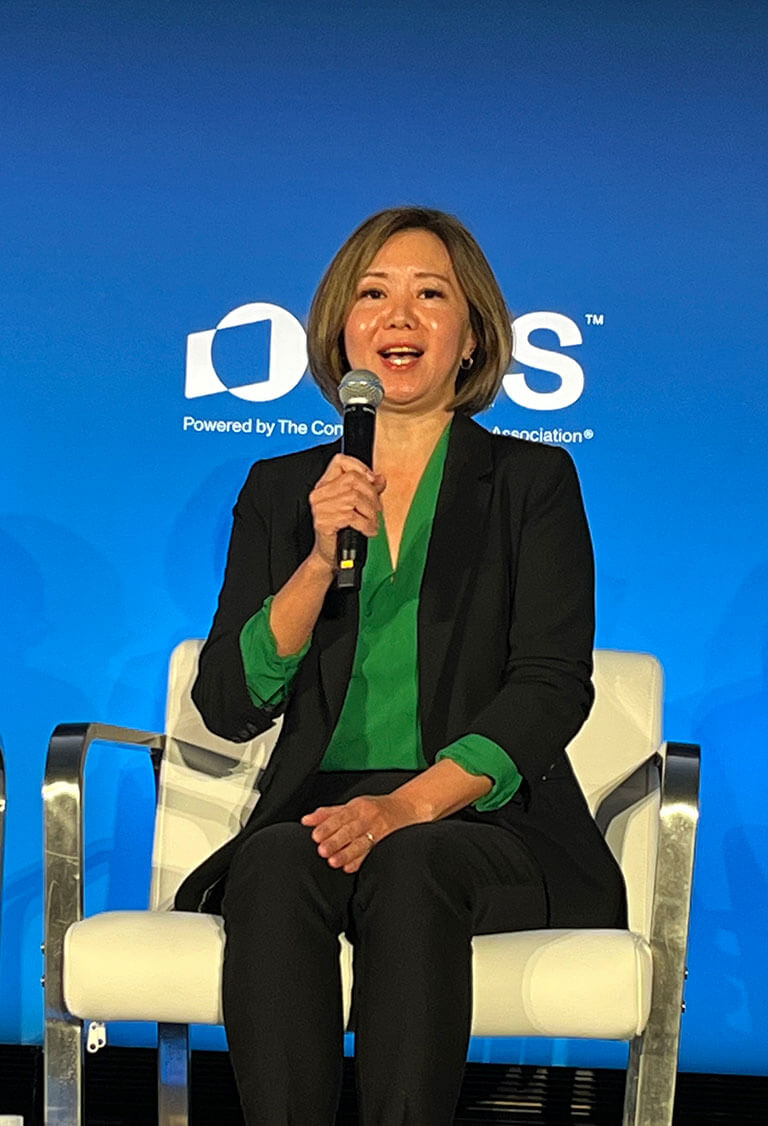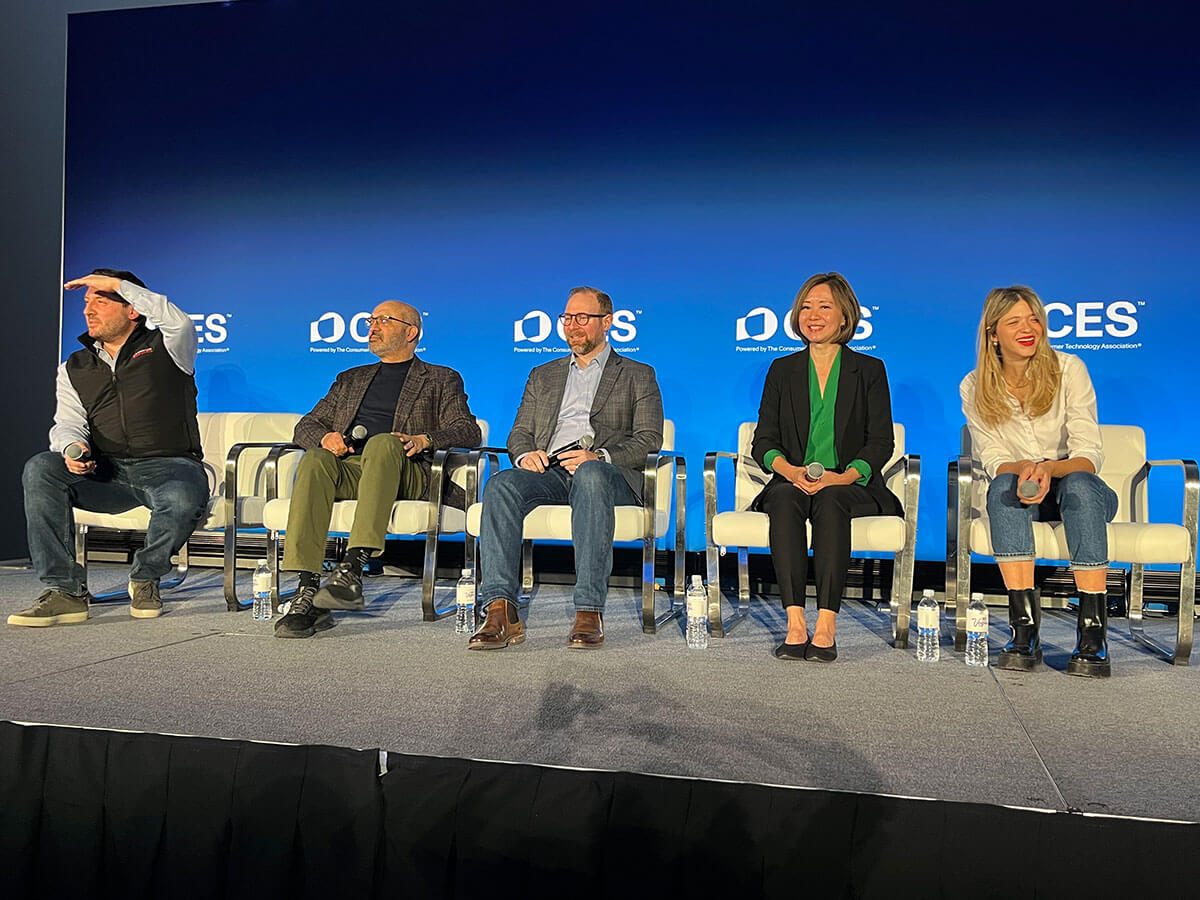Pittsburgh, once synonymous with steel production, has emerged as a global leader in robotics and autonomous systems. This transformation from industrial powerhouse to cutting-edge tech hub continues to reshape the city’s identity and drive innovation across multiple sectors. A panel discussion at CES 2025, featuring four prominent figures from Pittsburgh-based robotics companies who shared their insights on the city’s journey and the current state of the autonomous technology sector, highlighted this shift. This is their story.
The Birth of Robotics Row
Pittsburgh’s journey to become the “robotics capital of the world” began in the early 1990s with a pivotal collaboration between Carnegie Mellon University (CMU) and NASA. According to panel moderator Mike Embrescia, Chief Development Officer at Carnegie Robotics, this initial collaboration led to the establishment of the National Robotics Engineering Center (NREC), a large facility that houses the CMU robotics effort.
After launching the NREC, CMU created the world’s first PhD and master’s programs in robotics. These pioneering educational initiatives have since attracted top talent from around the globe. Panelist Sanjiv Singh, CEO of Near Earth Autonomy, for example, was the first to receive a masters in robotics from CMU.
Additionally, locating the NREC in the Lawrenceville district, a former steel town that’s about a mile and a half outside of downtown Pittsburgh, proved not only to be a catalyst for technology but also for urban renewal.
As a result of this trifecta of development – the creation of the NREC, the upscaling of Lawrenceville and the addition of CMU’s advanced robotics degrees – companies have flocked to the area. Now known as “Robotics Row,” it houses approximately 120 robotics companies who have formed a thriving ecosystem focused on entrepreneurship and innovation.

Autonomous Innovations: From Underwater to Air
Pittsburgh’s robotics companies now push the boundaries of autonomous technology across various domains. The panelists themselves represented the diverse nature of the city’s tech scene.
Underwater Exploration and Infrastructure Inspection
Xiaoyu Kaess, COO and co-founder of Aquatonomy, introduced her company’s work on autonomous underwater drones. “We’re creating underwater drones to address the inspection of underwater assets including, but not limited to dams, bridges and ports,” she said.
Kaess emphasized the company’s goal of creating a comprehensive digital twin of underwater infrastructure. This technology, she believes, has the potential to transform how we manage and maintain critical underwater assets. According to Kaess, “It (the tech) provides action-driven insights to help asset owners make better maintenance decisions, strategize their costs and make confident decisions and get better financial returns.”
GPS-Denied Navigation and Resilient Flight Systems
Olga Pogoda, COO of KEF Robotics, outlined her company’s focus on GPS-denied navigation.
“At KEF, we try to build software that leverages cameras and other very low cost off-the-shelf sensors to get an aircraft from point A to point B and back, and maybe even do something smart along the way,” she said. “And we want to do that in a highly contested and communication-jammed environment.”
This technology has significant implications for both military and civilian applications, particularly in urban air mobility, precision agriculture and emergency response scenarios where reliable navigation in complex environments is crucial.
Safe and Adaptive Autonomous Flight
Singh of Near Earth Autonomy detailed his company’s approach to developing autonomous systems for aircraft. “We build an autonomy stack for all kinds of aircraft,” he said, “but we are focused on rotorcraft and on logistics missions.” He elaborated, “Our value proposition, I like to say, is that we enable the aircraft to fly safely, land safely and do it without GPS, even when things go wrong.”
Singh emphasized the importance of creating systems that can adapt to real-world challenges. “The world is not perfect. And all sorts of things in maps are not correct. You have weather, you have things break down on the aircraft,” he noted. “So what we want is autonomy to be able to do what a pilot would do, which is to deal with the varying conditions on the aircraft.”
Near Earth Autonomy’s goal is to develop autonomous systems that can demonstrate reliability and safety even in the event of major system failures, a critical factor for larger aircraft like autonomous Blackhawk helicopters on which his team works.
The Military-Innovation Nexus
Defense contracts fuel a significant portion of Pittsburgh’s robotics innovation. This capital serves as a crucial stepping stone for developing and refining technologies that may eventually find commercial applications.
AFWERX and Open Innovation
Phil Hahn, former Chief Strategy Officer for AFWERX, explained the rationale behind the military’s engagement with commercial innovators. “AFWERX bridges that gap between commercial innovation and the Air Force and Space Force,” he noted. “The research labs, like the DARPAs of the world, still have all of their projects and programs that are working. But what we really needed was to tap into all of the amazing technology that was out there now.”
To do this, AFWERX developed new approaches to engage with technology companies, including its “open topic” initiative. Hahn likened it to, in his words, “more of a ‘come pitch the government, come show us what your technology is.’” This approach has provided easier access to funding and opportunities for startups to showcase their innovations and addressed some of the challenges posed by the traditionally slow and requirement-heavy DoD acquisition process.
Dual-Use Technologies and Early Adoption
Offices like AFWERX are so critical to commercial start ups like the ones in Pittsburgh because the military often serves as an early adopter and rigorous testing ground for emerging technologies. This is particularly true in the field of autonomous systems where safety and reliability remain paramount. Pogoda drew a parallel with the development of GPS technology. “GPS was first invented for the military. They were the first adopters. They were the first users before it hit the market.”
The panelists agreed that this early-stage engagement with the military often paves the way for future commercial applications. As technologies mature and prove their reliability in demanding military environments, they become more attractive to commercial end-users who require high levels of dependability and performance.
Bridging Military and Commercial Innovation
Recent DoD efforts have focused on streamlining the funding and acquisition process for dual-use technologies. AFWERX and other similar offices leverage awards like the Small Business Innovation Research (SBIR) and Small Business Technology Transfer (STTR) programs. These have been instrumental in fostering collaboration between the government and emerging technology companies.
These initiatives have allowed companies to refine their technologies while exploring potential military applications, which in turn strengthens their commercial offerings. This approach has been particularly beneficial for Aquatonomy in developing its underwater drone technology.
Kaess shared one of Aquatonomy’s recent success stories connected to these funding mechanisms. “We actually recently won the contract from the US Army Corps of Engineers to provide a technology that can be used to monitor and inspect dams and lochs in the Pittsburgh area,” she said. “And the process was so smooth!”

Diversifying for Success
As in life, it’s best not to put all of one’s eggs in a single basket. Pittsburgh’s robotics companies have increasingly adopted diverse business models that balance commercial and government contracts. This strategy not only provides financial stability but also drives innovation across both sectors.
Embrescia emphasized the importance of maintaining a mix of commercial and government projects. This diversity allows companies to leverage their defense-oriented innovations for broader market applications as technologies mature and prove their worth in military settings.
“At Carnegie Robotics, now 15 years old and growing, we’ve been successful as a company and have diversified. Whereas years ago, our government and defense work was probably around 15 or 20% of our revenues, we’re now at the close of last year, at about 50/50,” he said.
Consistent with this model, some of the other Pittsburgh companies are exploring a wide range of commercial applications for their autonomous and drone technologies.
Middle Mile Logistics
Near Earth Autonomy, for example, is working towards a future where autonomous aircraft can safely transport cargo and eventually people, even in complex urban environments. Singh explained, “DHL, UPS and FedEx all want to move things. The idea is that if you could move these things autonomously and safely without somebody on board for that middle mile, you will beat the cost per kilo of a truck.” This technology has the potential to radically change the logistics and transportation industries.
Commercial Aviation
KEF Robotics also seeks to expand the use of their GPS-denied navigation systems beyond military applications. Pogoda envisioned some of these future applications. “I see KEF Robotics products being backup systems for large aircraft. If comms fail and the pilot can’t figure out how to land an aircraft, he or she might not know where they are in airspace,” she noted. “A system like ours could be able to lead that pilot home safely.”
Energy, Ports and the Environment
Aquatonomy, with its focus on underwater infrastructure inspection, has seen an increased demand in sectors such as offshore energy, port management and environmental monitoring. Kaess explained, “By introducing autonomy, we drastically accelerate and simplify underwater data collection. With the custom localization technology that we developed, we’re able to build 3D models that are accurate and allow users to identify problems and keep track of changes.” This work in creating comprehensive digital twins of underwater infrastructure has direct applications in managing and maintaining a wide variety of critical underwater assets.
Building The Future in Autonomy with Trust in Pittsburgh and Beyond
As the commercialization of drone and autonomous technologies accelerates, all of these industry leaders emphasize the need for education about the benefits and safety measures associated with autonomous technologies and increased collaborative efforts between industry and regulators to create guidelines to foster innovation while ensuring responsible deployment. In Pittsburgh, this group and their colleagues plan, as a top priority, to build public trust through continued demonstrations of reliability and safety in real-world conditions.
Today we can confidently say that Pittsburgh’s transformation from steel town to robotics capital is a testament to the power of innovation, collaboration, and strategic investment. For the rest of us, it would behoove us all to keep an eye out to watch the city’s robotics ecosystem continue to grow and evolve. No doubt, it stands poised to play a pivotal role in shaping the future of autonomous technologies across both military and commercial domains.

